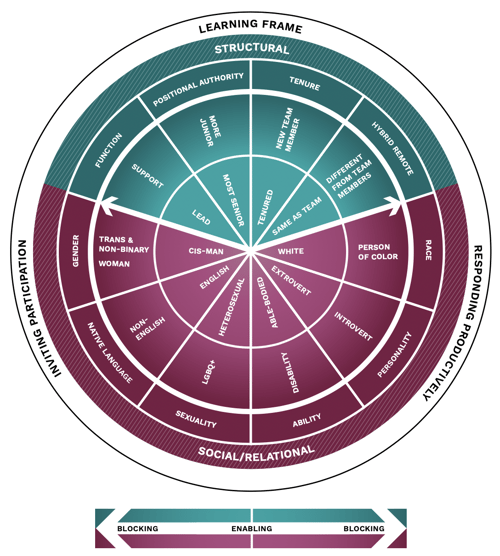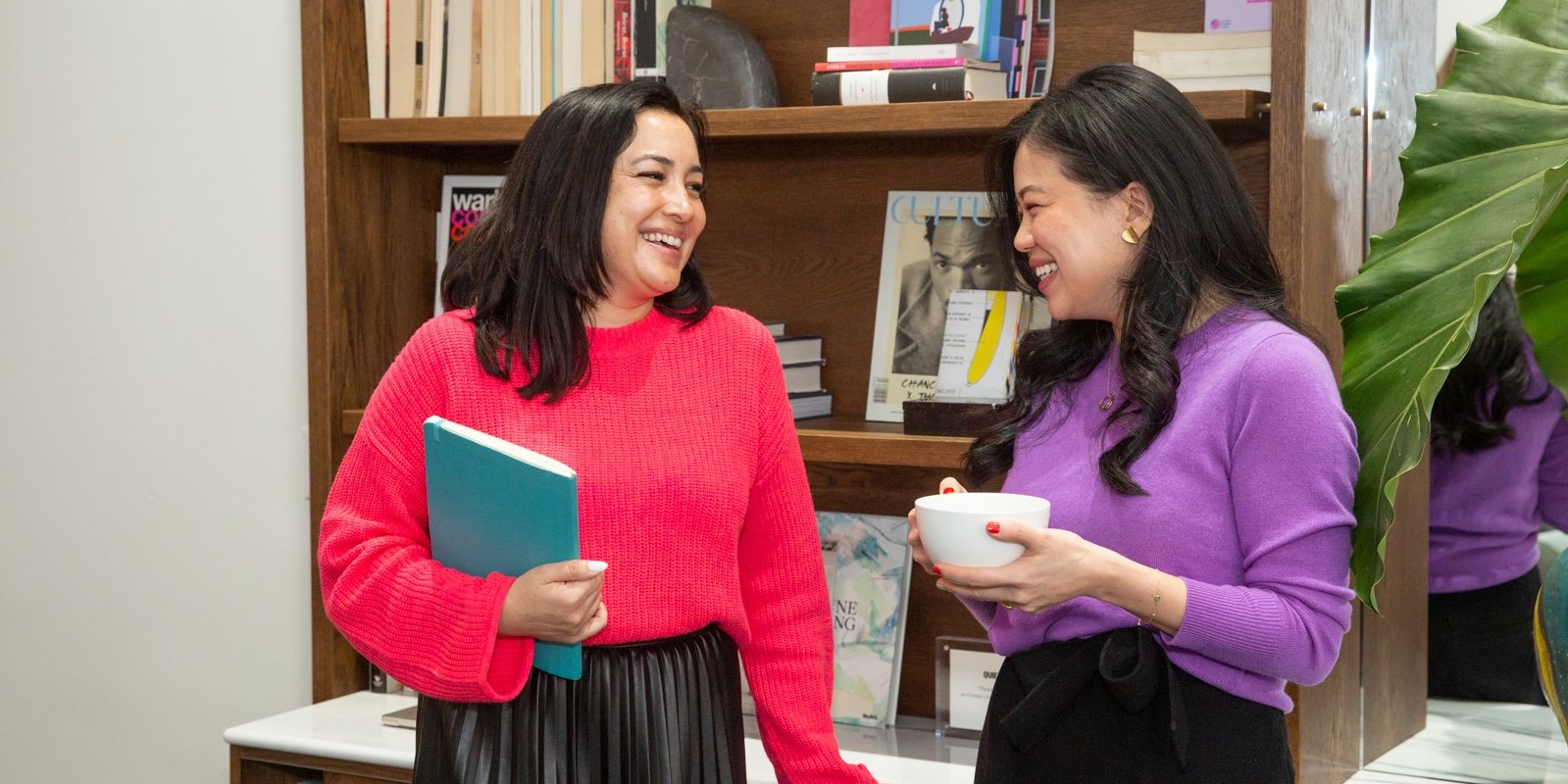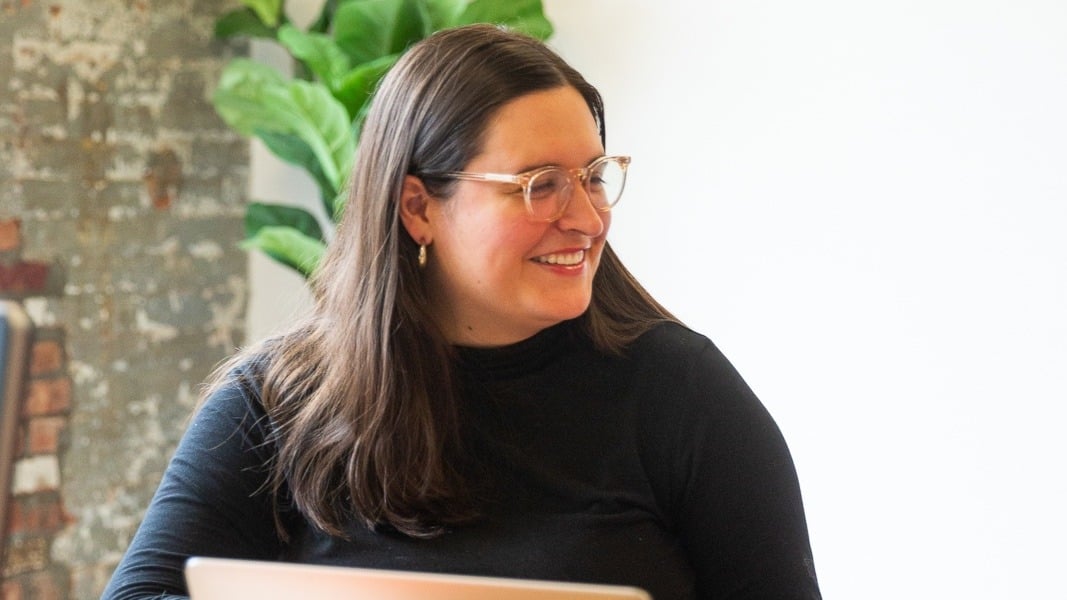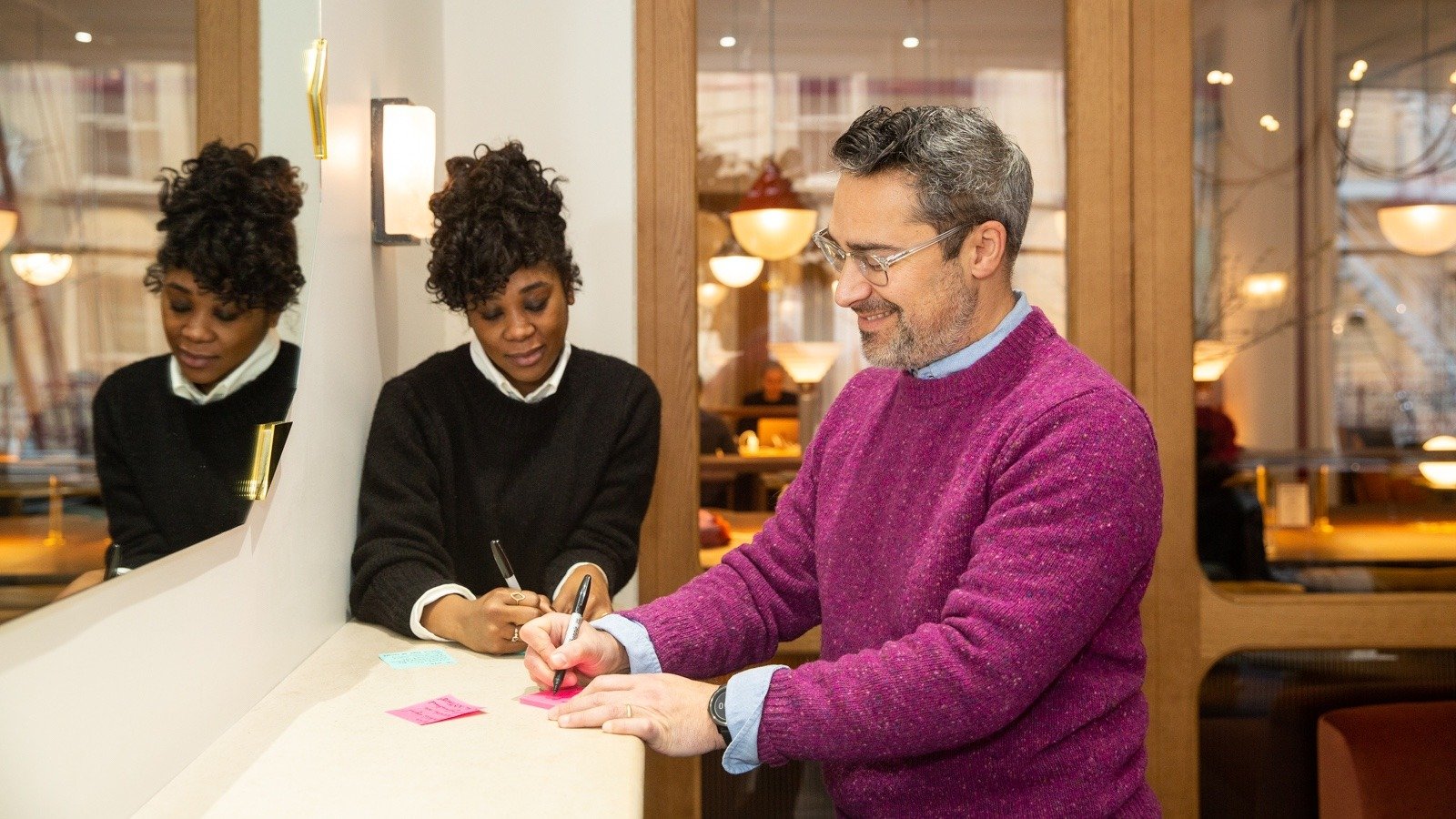Published May 19, 2023 | Updated August 3, 2023 | 6 minute read
Decision making is, for the most part, an unconscious human activity. Our brains make tens of thousands of decisions every day, and our work lives are built on myriad decisions we make without even realizing it.
But the ubiquity of decision making also means that it can easily reinforce inequitable systems and structures if we’re not careful.
In most professional decision-making processes, people with structural or societal power get the most say, while people with less are often passed over.
This is true even on diverse teams that explicitly value inclusion - if they’re not being intentional with how they approach the decision-making process.
The good news is that decision making is so powerful and so ordinary that it presents a massive opportunity to drive widespread culture change throughout your organization.
Every decision-making moment contains the potential to operationalize equity and inclusion in your everyday work.
Best of all, you can drive this change without losing time. In fact, improving equity and inclusion in your decision making will make the process way more efficient.
Here are five ways you can use decision making to improve equity and inclusion in your organization.
1. Recognize and name the decision-making moment.
The first step is to simply become aware that you’re making a decision, and voice it out loud.
- “Are we making a decision today or are we just discussing possibilities?”
- “Our agenda today is to make a decision about ___.”
- “I’d like to clarify that today we’re deciding X, and we can save Y and Z for our next meeting.”
Just by naming the decision-making moment, you’ve opened the door for transparency and engagement, while building trust and psychological safety.
This is your first step towards greater equity and inclusion!
2. Build inclusion with the Decision Making Spectrum
Most organizations make decisions by one of two default methods: Individual Action, where one person makes the decision alone, and Consensus, where everyone makes the decision together.
Both of these options reinforce existing power structures, by either consolidating power with one person, or diffusing diverse perspectives into a fog of mandatory agreement.
But in between these two extremes, there are two other decision making models that are more inclusive and more effective: Consent and Advice.
Advice is a more inclusive alternative to Individual Authority. It still gives one person the final authority to decide, but formally includes the advice of relevant stakeholders and experts.
Consent is a more empowering alternative to Consensus. It still gives everyone a voice, but doesn’t require unanimous agreement before a decision can move forward.
(For the full scoop on these four methods, download our free whitepaper by Alexis Gonzales-Black and Mike Arauz: Decision Making Can Be a Lever for Organizational Change!)
Choosing a formal decision making model helps build inclusion in several ways:
- It clarifies everyone’s role, and signals when and how their voice will be heard.
- It neutralizes legacy advantages and makes power structures more transparent.
- It reduces roadblocks and creates more space for “yes.”
- It removes the need for unanimous agreement or hierarchical approval.
- It frees participants to share their full feedback.
3. Redistribute decision making power to individuals with less structural authority
Leaders really struggle with the idea of giving up power, even for the sake of DEI advancement.
The fear is deeply conditioned: “If I give away my decision making power to someone with less structural authority, they might not make the ‘right’ decision.”
There are two problems with this mindset:
- The default criteria for who is “best qualified” to decide are rooted in bias - particularly around education, class, and positional authority.
- There is no “perfect” decision out there. Holding out for perfection is a recipe for disempowerment, risk aversion and staying stuck.
More than once, I’ve had a leader name me a decision owner, only to override my decision when they didn’t agree with it. And I can’t count how many times I’ve seen this happen to friends, colleagues and clients too.
It’s incredibly disempowering, and actively exclusionary.
The people with the greatest specialized expertise are often the people closest to the work. They may fall lower on the org chart, but they work every day with customers and products, and they know what’s working and what isn’t.
They’re also much more likely to be people who experience structural and/or social marginalization.
When you strategically distribute decision-making power to these individuals, you treat them as the experts that they are, while helping deconstruct default white male power structures. You’ll get better decision outcomes, and improve diversity and inclusion.
Yes, the decision owner might make a different decision than you would. That’s the whole point! Their perspective carries untapped value for your business and your company culture. Support their decision, even when you disagree.
4. Increase diverse participation in the decision making process.
To set up your decision owners for success, it’s important to make sure that their decision won’t cause irreparable harm if it doesn’t work out. At August we call this Safe to Try.
Safe to Try is a method for greenlighting decisions that may not have unanimous agreement, but won’t cause lasting harm. The steps are simple:
- The decision owner makes a proposal
- Participants ask clarifying questions.
- Participants share their reactions.
- The decision owner edits the proposal based on the feedback.
- Participants share objections, if any.
The proposal is considered safe to try unless someone objects with data that the decision will cause immediate, irreparable harm. Opinions, concerns, gut feelings or “better ideas” aren’t enough to deem a proposal unsafe to try. (For a more detailed dive into this practice, check out this blog by Alexis Gonzales-Black!)
Safe to Try builds inclusion in three ways:
- It protects decision owners, who may have less structural authority or privilege, by ensuring their decisions won’t cause lasting harm.
- It empowers participants, especially those with less structural privilege and power, to speak up with a meaningful “no” based on data that might be unknown to senior leaders.
- It builds psychological safety for people to share their honest reactions, which increases the diversity of perspectives that influence the decision.
5. Build your team using a Diversity and Inclusion Lens
Deciding who gets to be in the room is perhaps the clearest opportunity to build equity and inclusion into your decision making process.
Don’t just default to job titles or existing relationships. Ask yourself, “Who is most impacted by this decision? And who has historically been left out of decisions like this?”
Start by examining your own identities through an Equity Lens. The closer you fall to the center of the circle, the greater your proximity to structural power - and the greater your need to diversify your decision-making team.
Next, reflect on the known identities of the other people in the room. Do they collectively skew towards the center of this lens, or the edges?
Seek to balance the diversity of perspectives in the room, and make sure you’re including the people most impacted by the decision itself. Invite participants accordingly.
Summary: Every decision making moment is an opportunity to advance your DEI goals.
Being intentional about your decision making methods is the most efficient and impactful way to repair systemic power imbalances and include more diverse perspectives in your organization.
Plus you’ll speed up your decisions by removing barriers to participation and progress, AND get better outcomes by consciously including the most relevant perspectives.
Intentional decision making is a powerful tool for allyship among leaders. By making decision making a formal activity, leaders can redistribute power and advance inclusion on a structural level.
It’s also an empowering resource for people with less structural power to advance change from within.
You don’t have to wait for your leaders to make decision making more equitable.
Use tactics like define the decision, make a proposal, clarifying questions and safe to try to push for greater equity and inclusion in any decision-making moment.
If you’d like to work on making your decision making process more equitable and inclusive, please reach out! I’d love to talk about how August’s decision making practices can help you drive culture change in your organization.

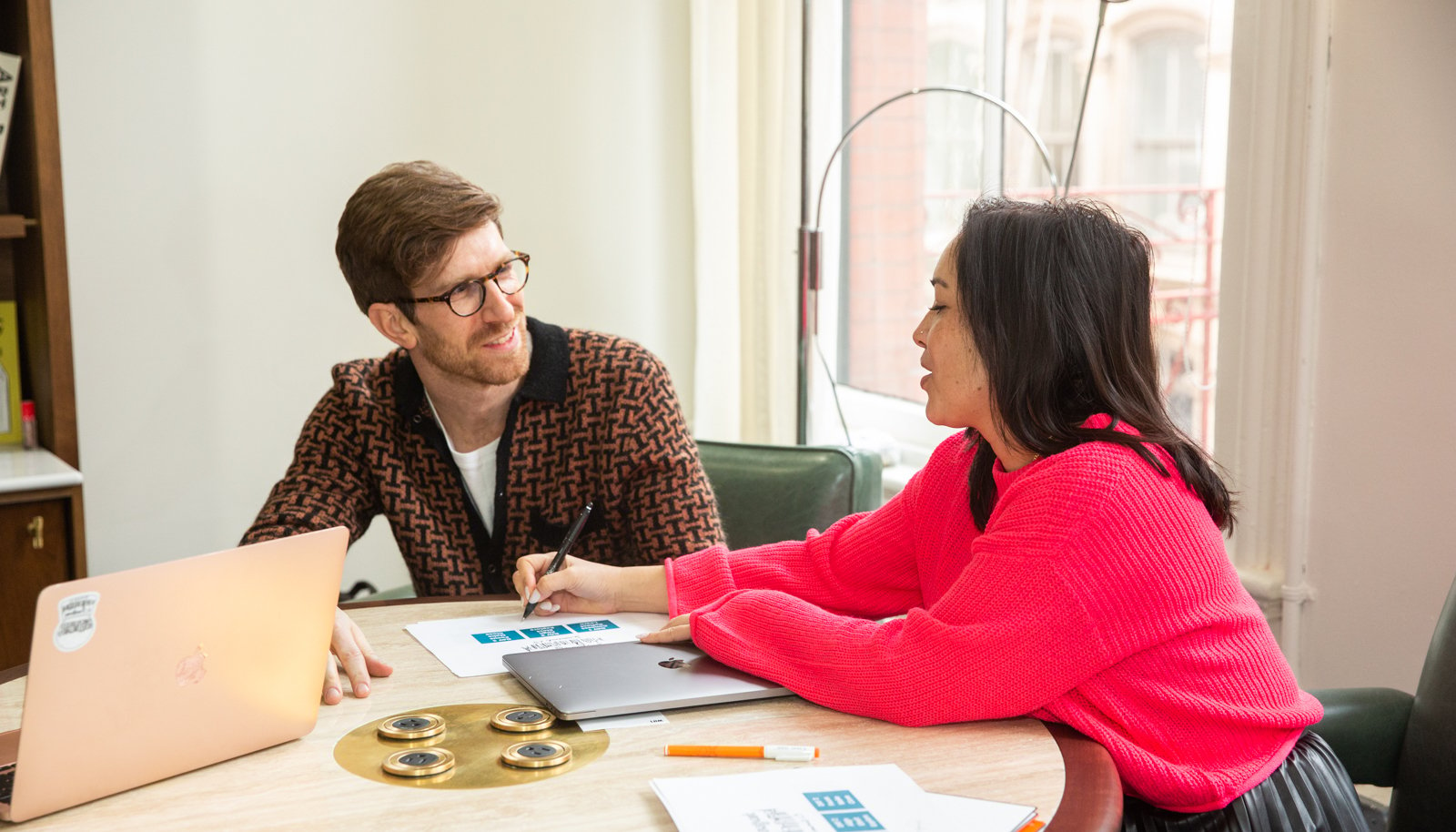
.jpg)

